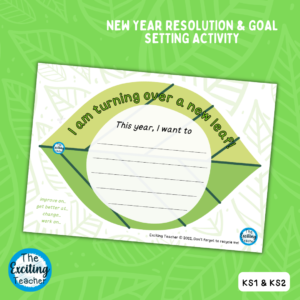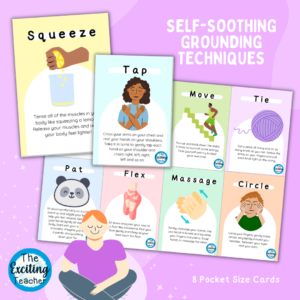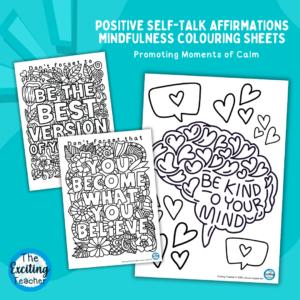Consequences of Telling Deliberate Lies: Exploring Lying for Children

Consequences of Deliberate Lies is a resource used to explore lies and the thoughts/feelings/consequences of telling lies. This involves 3 separate scenarios that explore different situations or reasons why young people may tell a deliberate lie. It encourages the child to think about the different thoughts, feelings and consequences associated with each scenario.
Suitable for KS2 or whole-class KS1 discussion prompts.
This resource forms part of our collection on lies, fibs and lying. All of these resources have been designed to support children with understanding what lying is and why it is important to be honest.
How could this resource be used?
- To support children to identify when other people might be telling lies and why.
- To explore what people may think when they tell lies.
- To think about what they could instead of lying.
- To support children to understand what a lie is, the consequences of lying and being honest.
- To support a child 1:1.
- To form a class discussion surrounding each scenario. This activity would work well if completed as a group.
Relevant Curriculum Links:
England PSHE – Which statutory PSHE curriculum* objectives does this resource fall into? *in line with the PSHE Association 2021 Statutory Guidance.
- KS1: H13. how feelings can affect people’s bodies and how they behave.
- KS1: H16. about ways of sharing feelings; a range of words to describe feelings.
- KS1:H18. different things they can do to manage big feelings, to help calm themselves down and/or change their mood when they don’t feel good.
- KS1: H19. to recognise when they need help with feelings; that it is important to ask for help with feelings; and how to ask for it.
- KS1: R22. about how to treat themselves and others with respect; how to be polite and courteous.
- KS1: L1. about what rules are, why they are needed, and why different rules are needed for different situations.
- KS2: H17. to recognise that feelings can change over time and range in intensity.
- KS2: H18. about everyday things that affect feelings and the importance of expressing feelings.
- KS2: H19. a varied vocabulary to use when talking about feelings; about how to express feelings in different ways.
- KS2: H20. strategies to respond to feelings, including intense or conflicting feelings; how to manage and respond to feelings appropriately and proportionately in different situations.
- KS2: R15. strategies for recognising and managing peer influence and a desire for peer approval in friendships; to recognise the effect of online actions on others.
- KS2: R30. that personal behaviour can affect other people; to recognise and model respectful behaviour online.
- KS2: R31. to recognise the importance of self-respect and how this can affect their thoughts and feelings about themselves; that everyone, including them, should expect to be treated politely and with respect by others (including when online and/or anonymous) in school and in wider society; strategies to improve or support courteous, respectful relationships.
- KS2: L1. to recognise reasons for rules and laws; consequences of not adhering to rules and laws.
Scottish Health and Wellbeing Curriculum Outcome(s):
- Mental and Emotional Wellbeing:
- I know that we all experience a variety of thoughts and emotions that affect how we feel and behave and I am learning ways of managing them. HWB 0-02a / HWB 1-02a / HWB 2-02a / HWB 3-02a / HWB 4-02a.
- I understand that my feelings and reactions can change depending upon what is happening within and around me. This helps me to understand my own behaviour and the way others behave. HWB 0-04a / HWB 1-04a / HWB 2-04a / HWB 3-04a / HWB 4-04a.
- Social Wellbeing:
- As I explore the rights to which I and others are entitled, I am able to exercise these rights appropriately and accept the responsibilities that go with them. I show respect for the rights of others. HWB 0-09a / HWB 1-09a / HWB 2-09a / HWB 3-09a / HWB 4-09a.
More amazing resources you might like:
- All
- Affirmations
- Christmas
- Colouring Sheets
- Emotional Literacy
- Emotional Regulation
- Emotions and Feelings
- Grounding Techniques
- Mindfulness
- New Year
- Self-Care and Wellbeing

Losing Control Meter: Scaling and Reflecting on Big Emotions

FREE: Nature-themed Affirmation Flashcards (World Wildlife Day Resources)

Turning over a New Leaf: New Years Resolution Activity

FREE World Book Day: My Comic Strip (Write Your Own Story)

Soothing Strategies: Grounding Techniques Pocket Cards

Advent: Dear Santa – Letter of Kindness

Affirmations & Positive Self-Talk Quotes Colouring-In Sheets

Advent: The Kindness Christmas Stocking Activity

FREE World Book Day: Experiencing Emotions in Stories and Through Characters

My Bubble of Control: Circles of Control
Share this resource:
Request a Resource
Want to request or suggest a resource? Pop us a message below and we will see what we can do. We are not able to respond directly to all requests but be rest assured, we are reading them and constantly updating the resource bank accordingly to all your fabulous ideas!
